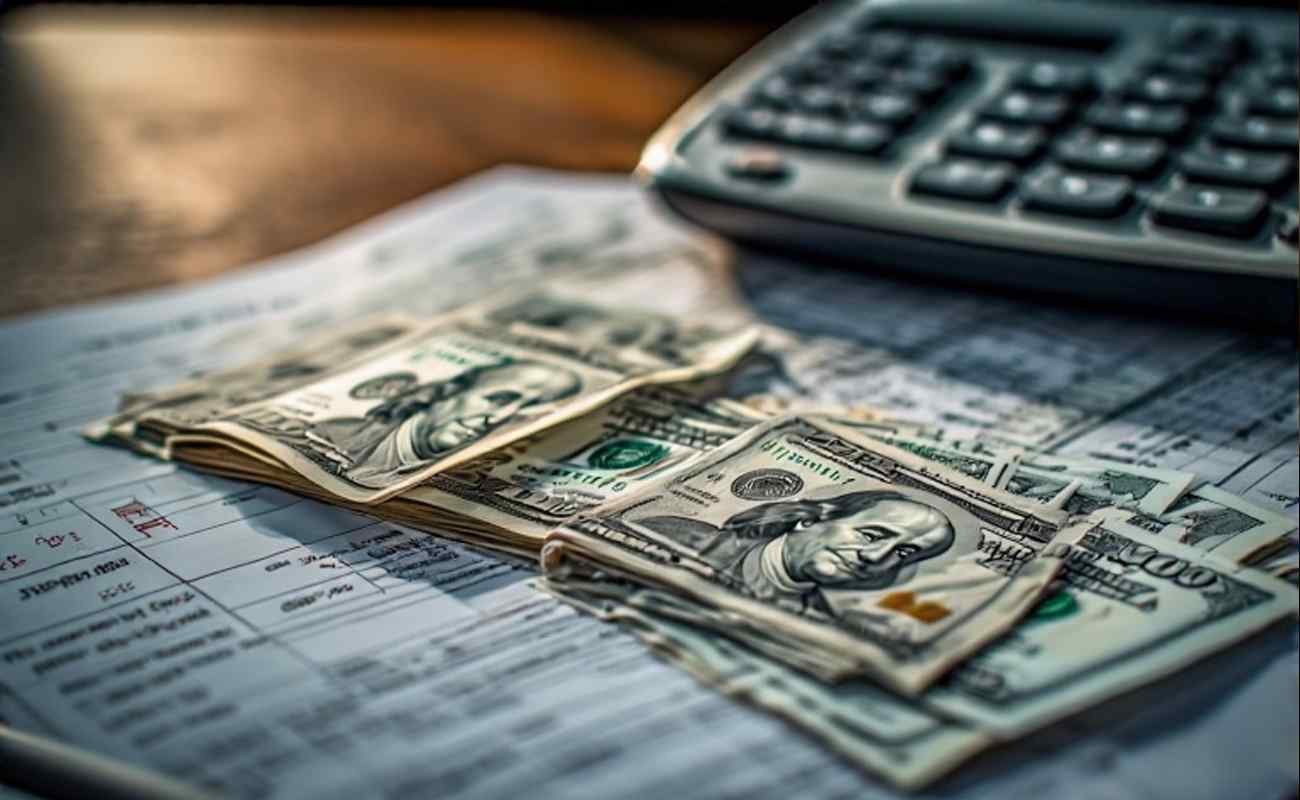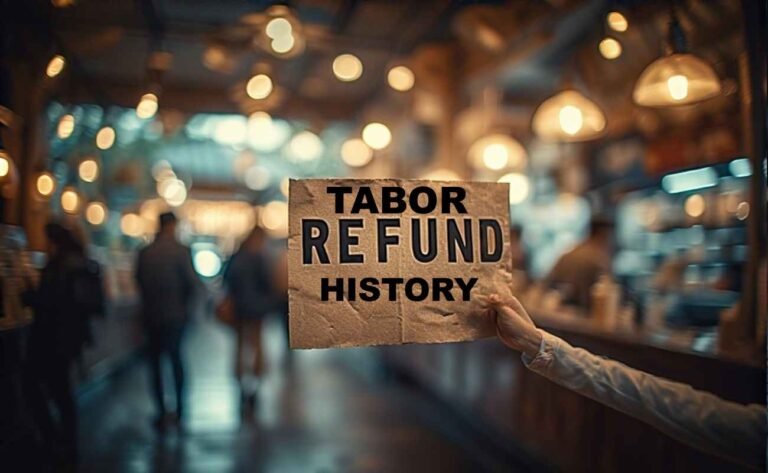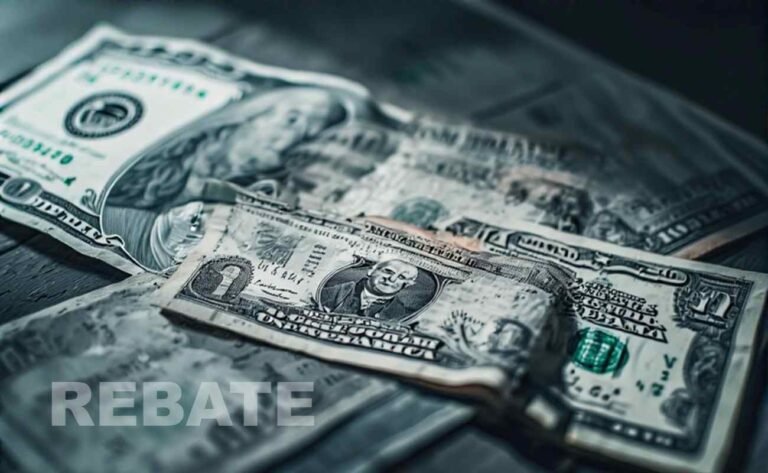Ultimate Guide to STAR Checks of Up to $1,500: New York’s School Tax Relief Program
The STAR checks of up to $1,500 are part of New York State’s School Tax Relief (STAR) program, designed to ease the property tax burden for eligible homeowners. This initiative provides financial relief through either a direct check or a property tax exemption, offering savings that can reach $1,500 or more, depending on your location, income, and eligibility for Basic or Enhanced STAR. Homeowners with a household income under $500,000 can qualify for the STAR credit, while seniors over 65 with incomes up to $107,300 may access the Enhanced STAR benefit, which offers higher savings. Payments vary by municipality and school district, with checks typically issued in batches throughout the year, starting in July.
In this comprehensive guide, we’ll break down everything you need to know about STAR checks, including eligibility, application processes, payment schedules, and tips to maximize your benefits. With detailed lists and tables, we’ll ensure you have a clear roadmap to navigate this program. Whether you’re a new homeowner or a long-time New York resident, this guide will help you secure the tax relief you deserve.
What Are STAR Checks and How Do They Work?
The STAR program, launched by the New York State Department of Taxation and Finance, aims to reduce the financial strain of school property taxes for homeowners. Unlike federal stimulus payments, STAR checks are not one-time relief but an ongoing benefit for eligible residents. The program offers two main options: the STAR credit, which provides a direct payment via check or direct deposit, and the STAR exemption, which reduces your school tax bill directly. However, the exemption is only available to homeowners who owned their property before 2015, while new homeowners must apply for the credit.
The amount you receive depends on factors like your income, age, and the school district’s tax rates. For example, Basic STAR offers an average savings of about $290, while Enhanced STAR can provide around $650 or more for seniors. In some cases, particularly in high-tax areas like New York City or Buffalo, savings can climb to $1,500 or higher. To learn more about other state-specific relief programs, check out our guide on New York’s $400 Inflation Relief Checks.
Who Qualifies for STAR Checks of Up to $1,500?
Eligibility for STAR checks hinges on a few key criteria. Below, we’ve outlined the requirements for both Basic and Enhanced STAR in a clear, easy-to-read list:
Eligibility Requirements for Basic STAR
- Property Ownership: You must own your home, and it must be your primary residence.
- Income Limit: Combined household income of owners and their spouses must be $500,000 or less.
- Application: New homeowners must apply for the STAR credit, as the exemption is no longer available for properties purchased after 2015.
- Location: Available statewide, but savings vary by school district.
Eligibility Requirements for Enhanced STAR
- Age: At least one owner or spouse must be 65 or older by December 31 of the application year.
- Income Limit: Combined household income must be $107,300 or less for the 2025-2026 school year.
- Property: Must be your primary residence, with the first $86,100 of the home’s value exempt from school taxes.
- Application: Requires annual renewal and proof of income.
For a deeper dive into income-based relief programs, the IRS website offers resources on federal tax credits that may complement STAR benefits.
How Much Can You Expect from STAR Checks?
The amount of your STAR check depends on your location, eligibility type, and local tax rates. Below is a table summarizing the estimated savings for both Basic and Enhanced STAR across different New York regions:
| Region | Basic STAR Savings | Enhanced STAR Savings |
|---|---|---|
| New York City | $250 – $400 | $600 – $1,500 |
| Long Island | $300 – $500 | $700 – $1,200 |
| Upstate New York | $200 – $350 | $500 – $900 |
| Buffalo/Rochester | $250 – $450 | $650 – $1,000 |
Note: These are average estimates. Actual amounts vary by school district and property tax rates. To check your specific savings, use the STAR Credit Delivery Schedule lookup on the New York State Department of Taxation website.
How to Apply for STAR Checks in 2025
Applying for STAR checks is straightforward, but the process differs based on whether you’re seeking the credit or exemption. Below, we’ve outlined the steps for both:
Steps to Apply for the STAR Credit
- Verify Eligibility: Ensure your household income is under $500,000 and the property is your primary residence.
- Create an Account: Log in or create an Individual Online Services account on the New York State Department of Taxation website.
- Access the Homeowner Benefit Portal: Navigate to the Real Property Tax section and select the Homeowner Benefit Portal.
- Submit Application: Provide details about your property, income, and residency. You’ll need your Social Security number or taxpayer identification number.
- Choose Payment Method: Opt for a check or direct deposit. For faster payments, enroll in direct deposit at least 15 days before your area’s issuance date.
- Track Status: Use the Homeowner Benefit Portal to monitor your application and payment status.
Steps to Apply for the STAR Exemption (Pre-2015 Homeowners Only)
- Confirm Eligibility: Verify you owned your home before 2015 and meet the income threshold ($250,000 for Basic STAR, $107,300 for Enhanced STAR).
- Apply Through Local Assessor: Contact your local assessor’s office or the NYC Department of Finance if you’re in New York City.
- Submit Documentation: Provide proof of ownership, residency, and income (for Enhanced STAR).
- Annual Renewal for Enhanced STAR: Submit income verification each year to maintain eligibility.
For additional details on application deadlines, visit the New York State Taxation website.
When Will You Receive Your STAR Check?
The STAR check schedule varies by region, with payments typically issued between July and December. Below is a table outlining the 2025 delivery schedule for select New York areas:
| Region | Estimated Delivery |
|---|---|
| New York City | August – October |
| Long Island | July – September |
| Upstate New York | September – November |
| Buffalo/Rochester | August – October |
To find the exact issuance date for your area, use the STAR Credit Delivery Schedule lookup tool. If you’ve enrolled in direct deposit, payments may arrive faster. Missing a payment? Check your status via the Homeowner Benefit Portal or call (518) 457-2036.
Tips to Maximize Your STAR Check Benefits
Maximizing your STAR check requires strategic planning. Here are actionable tips to ensure you get the most out of the program:
- Switch to the STAR Credit: If you’re still receiving the exemption, consider switching to the credit, as it may offer higher savings that increase over time.
- Enroll in Direct Deposit: Avoid delays by opting for direct deposit through the Homeowner Benefit Portal.
- Apply Early: Submit your application well before the March 15 deadline to ensure timely processing for the next tax year.
- Combine with Other Relief Programs: Explore additional state programs like New Jersey’s ANCHOR or Pennsylvania’s Property Tax/Rent Rebate for renters or seniors.
- Monitor Local Tax Changes: School district tax rates can affect your STAR savings, so stay informed about local changes.
For more on complementary relief programs, read our guide on Colorado TABOR Refunds.
Common Questions About STAR Checks
Below, we’ve compiled a list of frequently asked questions to address common concerns about STAR checks:
1. Can I receive both a STAR check and an exemption?
No, you can only receive one benefit type per year. If you’re eligible for the exemption, you won’t receive a check, as the savings are applied directly to your tax bill.
2. What if I miss the application deadline?
If you miss the March 15 deadline, you can still apply for the following tax year. However, you won’t receive benefits for the current year.
3. Are STAR checks taxable?
No, STAR checks are not considered taxable income by the IRS, as they are a form of property tax relief.
4. Can renters qualify for STAR benefits?
No, the STAR program is exclusive to homeowners. Renters may explore other state-specific programs, such as Pennsylvania’s Property Tax/Rent Rebate.
5. How do I know if I’m getting Basic or Enhanced STAR?
Check your benefit type in the Homeowner Benefit Portal under your Individual Online Services account.
STAR Checks vs. Other State Relief Programs
To put STAR checks in context, let’s compare them to other state relief programs in a table:
| Program | State | Max Benefit | Eligibility | Payment Type |
|---|---|---|---|---|
| STAR Checks | New York | Up to $1,500 | Homeowners, income < $500,000 | Check/Direct Deposit |
| ANCHOR Program | New Jersey | Up to $6,500 | Homeowners/Renters, income-based | Check/Direct Deposit |
| Property Tax/Rent Rebate | Pennsylvania | Up to $1,000 | Seniors/Disabled, income < $46,520 | Check/Direct Deposit |
| TABOR Refunds | Colorado | Varies | Taxpayers with state surplus | Check/Direct Deposit |
This comparison highlights the unique focus of STAR checks on school tax relief for New York homeowners. For a broader look at state-specific rebates, visit Kiplinger’s guide on state stimulus payments.
Potential Challenges and How to Overcome Them
While the STAR program is straightforward, some homeowners face challenges. Here’s a list of common issues and solutions:
- Delayed Payments: If your check is late, verify your application status in the Homeowner Benefit Portal or contact the Tax Department.
- Incorrect Benefit Amount: Ensure your income and property details are accurate. Errors can reduce your savings.
- Missed Deadlines: Set calendar reminders for the March 15 application deadline to avoid missing out.
- Switching from Exemption to Credit: Compare savings using the STAR Credit vs. Exemption tool on the Tax Department website before switching.
Why STAR Checks Matter for New York Homeowners
The STAR checks of up to $1,500 provide critical relief in a state known for high property taxes. For example, a retiree in Long Island receiving Enhanced STAR could save enough to cover a month’s groceries or utility bills. I remember helping my aunt in Rochester navigate the STAR application last year—she was thrilled to receive a $900 check that eased her budget. These savings not only help individual households but also stabilize communities by making homeownership more affordable.
Future of the STAR Program in 2025 and Beyond
Looking ahead, New York is exploring additional relief measures, such as proposed inflation relief checks of $300-$500 for residents earning under $150,000. While these are pending budget approval, they could complement STAR checks for broader financial support. Stay updated by subscribing to Tax Tips for Property Owners on the New York State Taxation website.
Conclusion: Secure Your STAR Check Today
The STAR checks of up to $1,500 are a valuable resource for New York homeowners seeking to offset school property taxes. By understanding eligibility, applying early, and leveraging tools like the Homeowner Benefit Portal, you can maximize your savings. Whether you’re a young family in Buffalo or a senior in New York City, this program offers tangible relief. Take action now—check your eligibility, apply for the credit, and track your payment to ensure you don’t miss out.







